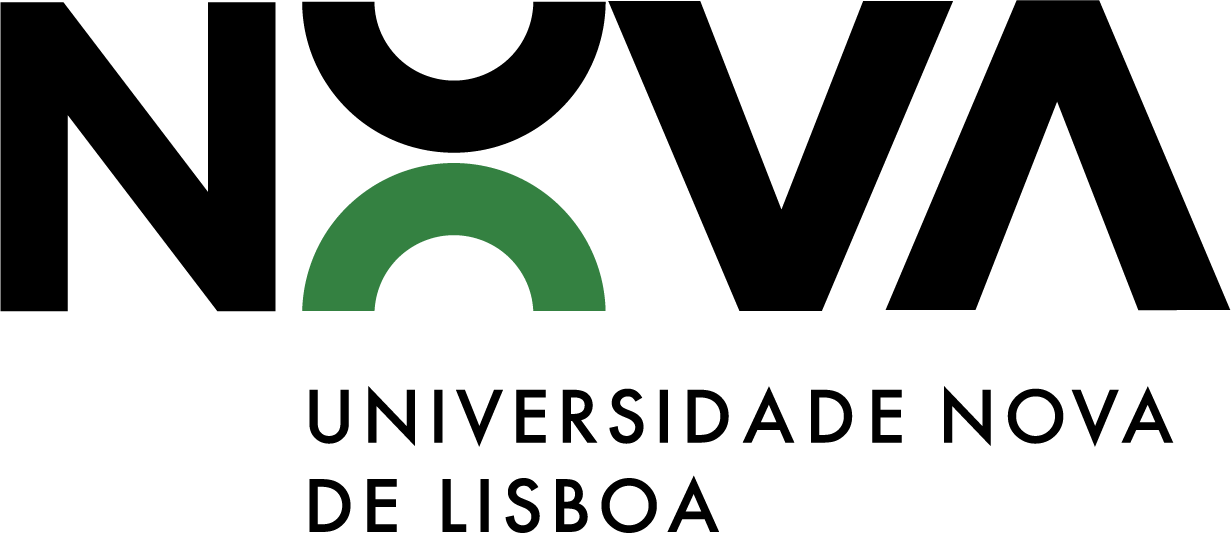The Monastery of Alcobaça has been listed as a UNESCO World Heritage Site since 1989. Unfortunately, at the time of the nomination, only the building was included, excluding what is one of the largest surviving Cistercian libraries. To bridge the gap between university research and cultural tourism, particularly in relation to the Cistercian architectural heritage, NOVA FCSH’s ‘Cistercian Horizons’ project sought to deepen understanding of the Cistercian world. The project focused on the daily life of Alcobaça, its abbots and monks, and the liturgical practices as they unfolded in the monastic spaces, based on the study of liturgical books.
The project’s purpose was to study and analyze the illuminated liturgical manuscripts produced in the scriptorium of the Monastery of Alcobaça between the late 12th century and the 16th century. This study of these books, which served as repositories of memory, involved examining (i) material aspects, including the pigments used in illuminated decoration and the materials and methods of bookbinding, and (ii) their ritual use and content. The project revealed new insights into the internal life of the community, its relations with other monasteries, and especially the liturgical functions of the monastic spaces and how they changed over centuries.
Clearly, the foregoing is ample reason for the books and library of this monastery to be included in the circuit on sightseeing visits. Therefore, this information was applied in three training courses for Tourist Guides (2020, 2021 and 2022) counting with the collaboration of several researchers in the project and the coordination by Catarina Fernandes Barreira. Running the courses and collaborating closely with the Tourist Guides was important for sharing the scientific knowledge resulting from the research, and substantially augmenting their knowledge. Moreover, with this knowledge, Tourist Guides were able to update and diversify the development and planning of tours on topics such as: Cistercian heritage sites and monasteries; the relationship of the monasteries with their local surroundings; the “memory” of the spaces regarding buildings modifications, adaptations and enlargements; the approach, in a contextualized way, of aspects related to architecture, liturgy and its performance; and the relationship of monastic spaces with liturgical practice.
The diversification of content has enriched the guided visits to the Monastery of Alcobaça, benefiting both national and international tourists seeking a general overview and more knowledgeable visitors. Tours are now informed by the latest scientific discoveries, offering insights that go well beyond traditional visitor narratives
The impact of this project relies on the 96 Tourist Guides that enrolled in the three courses. If each tour guide took, at least, one group of 30 visitors to the Monastery of Alcobaça, in 2020 and 2021, and 3 groups in 2022, a total of 4,950 visitors, from national and international origins, experienced the new knowledge produced on the Monastery at the end of the 3 years, accounting for a significant extension of the project impact.
On the increase in tourism in Alcobaça: it is known that in 2022 the Monastery of Alcobaça received 193 881 visitors, a very significant number compared to the previous two years (and even when compared to the last decade).
Fortunately, the tour guides will continue to use the information and new skills received, in combination with new developments as they emerge, which means that this knowledge will continue to have impact long into the future.
As for the sustainability of this impact in the future, two important aspects deserve mention. Firstly, in the current year, we have successfully introduced Tour Guide training at another Cistercian monastery, specifically Lorvão. This initiative is part of an ongoing funded project that shares a similar approach centred in liturgical books, libraries, and around questions like female agency. Secondly, we have plans to further expand our vocational training efforts by continuing providing training at both Alcobaça and Lorvão monasteries and extending this training program to other Cistercian monasteries.
Regarding the dissemination of this impact among other audiences, from the beginning of the project it became evident that the knowledge we were acquiring had the potential to reach a broader audience, particularly children and schools. With this goal in mind, we organized workshops for students ranging from 5 to 18 years old, spanning various educational levels. These workshops took place not only at the Monastery of Alcobaça but also in different schools, encompassing a diverse array of activities tailored to the specific ages and educational backgrounds of the participants. Some of these workshops were conducted as part of the “Programa Cientificamente Provável/Scientifically Probable Programme”. These educational initiatives garnered enthusiastic responses from all parties involved, including the young students, educators, and the schools themselves, because they played a pivotal role in reshaping perceptions of monasteries and the Middle Ages in a positive manner.
Both workshops and vocational training for tourist guides shed light on the significance of medieval libraries and the role of books, particularly liturgical ones, as well as the importance of liturgical rituals in understanding the daily lives of monks. The project also fosters a societal shift in how medieval books, monastic libraries, and the cultural ambiance of monasteries are perceived. This contributes to a broader understanding of the Middle Ages and highlights the contemporary relevance of Medieval Studies.
On behalf of Agic and myself, I would like to thank you for the excellent training you gave us this year; my colleagues loved it and even more so because we had the opportunity to go to Alcobaça, a fantastic day in a place where we always learn so much. I’d also like to take this opportunity to thank all the speakers who, once again, spoke to us about topics that interest us and that we can always use in a professional context.
Paula Fernandes, AGIC
